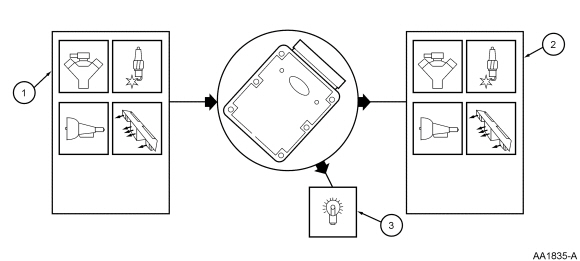Thanks Vinnie. I really appreciate the help. I wish New York was looser on the emissions nonsense
Sent from my iPhone using svtperformance.com
Sent from my iPhone using svtperformance.com
Ok. I'll take a look at why these monitors are not accessible. More than likely it's a com or electrical issue. I report back when I can!!I’ve done all of this multiple times. Have now put over 400 miles on the car. All different driving conditions. Followed the specific conditions for egr and cat to set and no change. I’m at the point of just throwing parts at the car now.
Sent from my iPhone using svtperformance.com
Have you tried this yet @kreymisI’ve done all of this multiple times. Have now put over 400 miles on the car. All different driving conditions. Followed the specific conditions for egr and cat to set and no change. I’m at the point of just throwing parts at the car now.
Sent from my iPhone using svtperformance.com
